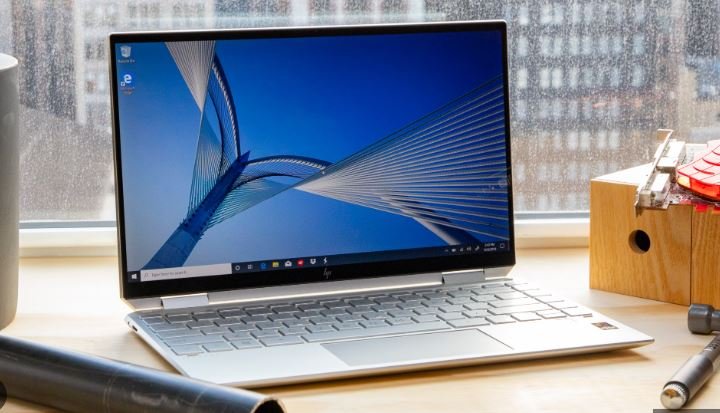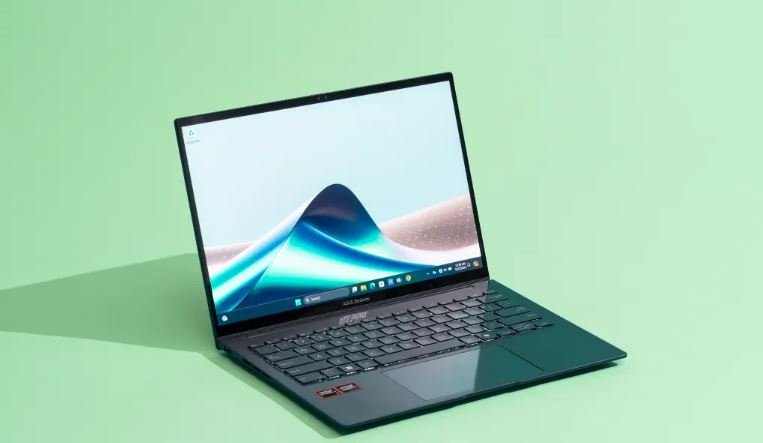Ultrabooks vs. traditional laptops is a debate that many tech enthusiasts and potential buyers face. With advancements in technology, understanding the differences between ultrabooks and traditional laptops can help you make an informed decision. Both types of devices have unique features and benefits that cater to different needs and preferences.

Ultrabooks: The Modern Solution
Ultrabooks represent the latest in laptop design and technology. These devices prioritize portability, sleekness, and high performance, making them ideal for users who are always on the go. To start, ultrabooks are typically thinner and lighter than traditional laptops. They often come with solid-state drives (SSDs) instead of hard disk drives (HDDs), leading to faster boot times and quicker file access.
Additionally, ultrabooks boast impressive battery life due to their energy-efficient components and optimized software. Many models come with high-resolution screens and long-lasting batteries, offering excellent visual quality and extended usage time. Moreover, ultrabooks usually feature advanced processors and ample RAM, ensuring smooth multitasking and efficient performance.
The design of ultrabooks often includes premium materials such as aluminum or magnesium alloy, giving them a modern and elegant appearance. Enhanced connectivity options like USB-C and Thunderbolt ports are also common, offering high-speed data transfer and versatile connection possibilities.
Traditional Laptops: The Reliable Workhorse
On the other hand, traditional laptops provide a different set of advantages. They generally offer more power and expandability compared to ultrabooks. Traditional laptops are often equipped with more powerful processors and larger storage capacities, making them suitable for demanding tasks such as gaming, video editing, and software development.
In terms of design, traditional laptops are typically bulkier, which allows for better heat dissipation and more robust cooling systems. This can be particularly beneficial during intensive use. Furthermore, traditional laptops often come with more ports and connectivity options, such as HDMI, Ethernet, and multiple USB ports, catering to various peripheral devices and network connections.
Another key benefit of traditional laptops is their affordability. While ultrabooks offer cutting-edge technology and premium features, traditional laptops are usually more budget-friendly. They provide a wide range of options for users who need reliable performance without the higher price tag associated with ultrabooks.
Ultrabooks vs. Traditional Laptops: Making the Choice
When choosing between ultrabooks and standard laptops, consider your primary needs and preferences. If you value portability, sleek design, and long battery life, an ultrabook might be the best fit. Ultrabooks are excellent for professionals, students, and frequent travelers who need a lightweight device with high performance and long battery endurance.
Conversely, if you require a laptop with more power, expandability, and a lower price point, a traditional laptop could be the better choice. Traditional laptops are suitable for users who need robust performance for tasks like gaming, content creation, or running complex software applications.
Think about your daily usage patterns and specific requirements when making your decision. Both ultrabooks and traditional laptops have their merits, and the right choice will depend on balancing your priorities between portability, performance, and cost.
Conclusion
In the debate of ultrabooks vs. traditional laptops, each type of device has distinct advantages tailored to different needs. Ultrabooks offer sleekness, portability, and energy efficiency, while traditional laptops provide power, expandability, and affordability. By evaluating your individual needs and preferences, you can choose the laptop that best suits your lifestyle and requirements.











